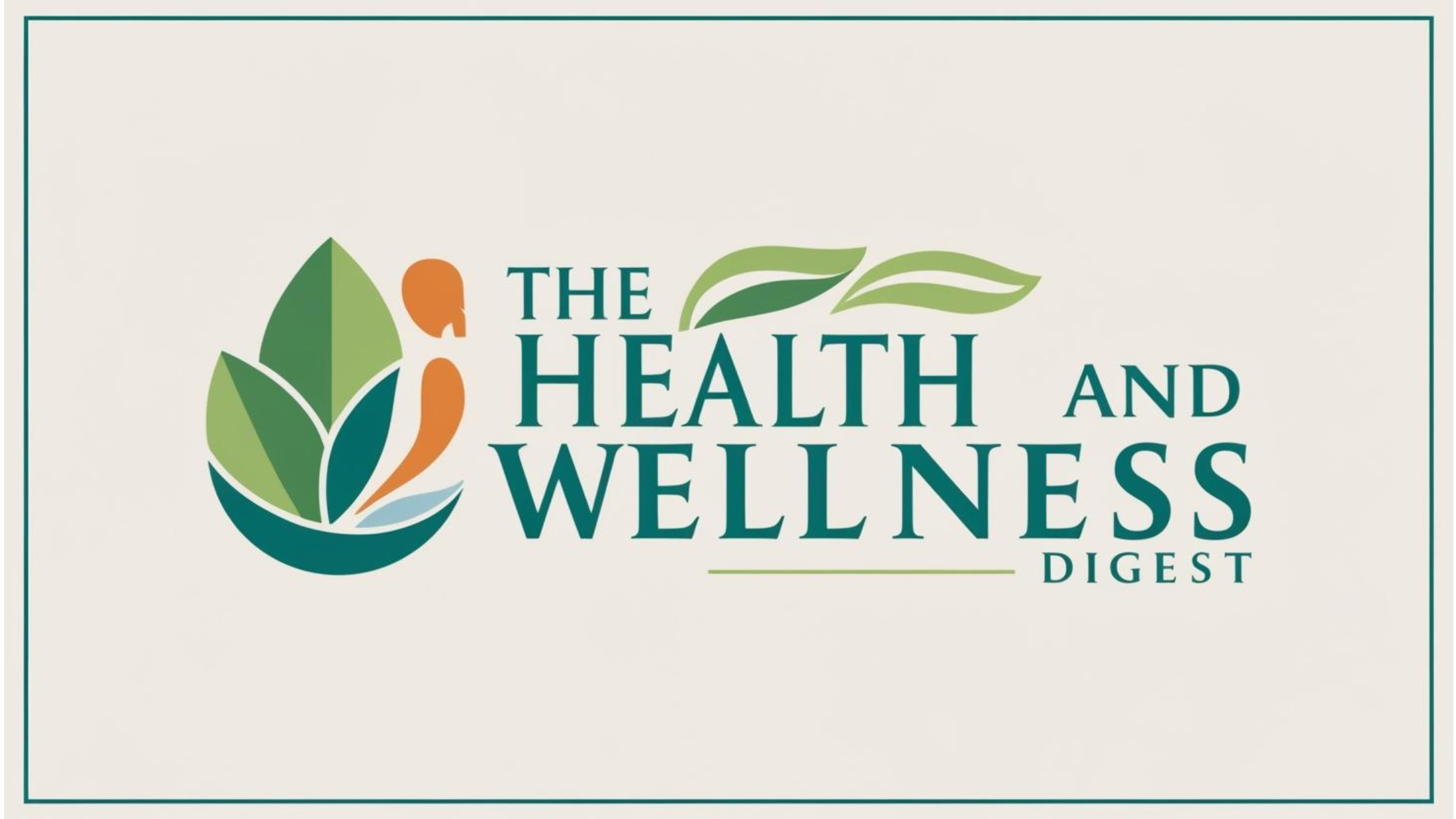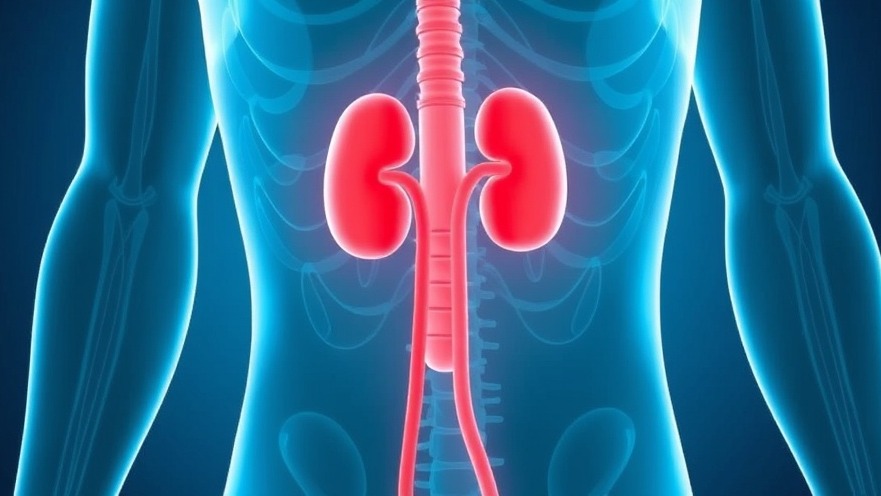
Trump's Health Scare: A Lesson for Millions
President Trump's recent diagnosis of Chronic Venous Insufficiency (CVI) has turned the spotlight on a condition that many may not fully comprehend, yet it poses significant risks, especially to those who fall into high-risk categories. CVI affects the ability of veins, particularly in the legs, to efficiently return blood to the heart, leading to swelling, pain, skin changes, and even ulcers. Not only does this condition undermine the quality of life, but it is also linked to increased risks of cardiovascular disease and mortality.
Understanding Chronic Venous Insufficiency
Chronic Venous Insufficiency is notably prevalent among older adults and is often underdiagnosed and undertreated. As we age, the valves in our leg veins can weaken or become damaged, impairing blood flow and allowing blood to pool in the legs. A staggering percentage of seniors experience symptoms of CVI, making awareness and control critical. Lifestyle factors such as obesity, smoking, and physical inactivity exacerbate the risks for this condition, putting individuals at even greater risk of developing cardiovascular diseases.
How Does CVI Connect to Heart Disease?
The American Heart Association has underlined the association between CVI and cardiovascular risk factors. The relationship between CVI and cardiovascular disease suggests that individuals with CVI are more susceptible to developing serious heart issues, a reminder that the health of our veins directly impacts our heart's health. This overlap underlines the necessity for regular check-ups, promoting a proactive approach to health that can save lives.
The Impact of CVI on Quality of Life
Dr. Joshua A. Beckman, a leading authority in vascular health, emphasizes the need for early detection and intervention. Those living with CVI report significant impacts on their quality of life, experienced through physical discomfort and emotional stress. Educating ourselves about the symptoms is crucial in seeking timely medical evaluation. Swollen legs, fatigue, and skin changes are indicators that should not be ignored. With advancements in treatment, individuals can manage their symptoms more effectively and regain a sense of normalcy in their lives.
Risk Factors You Should Consider
Understanding risk factors is essential in combating CVI. Sedentary lifestyles, age, body weight, and tobacco use are primary contributors. Education initiatives that focus on lifestyle modifications can empower individuals to take charge of their health. Physical activity is hugely beneficial, as even simple changes such as taking regular walks, using compression stockings, and maintaining a healthy weight can help mitigate risks associated with CVI.
Actionable Tips for Prevention
If you or someone you know fits the high-risk category, consider these proactive steps: start incorporating daily physical activities, monitor your weight, and avoid prolonged sitting or standing. Regular screenings for vascular health are just as important as those for cholesterol and blood pressure. Your veins and heart deserve just as much attention!
Why Awareness Matters
Ultimately, Trump’s diagnosis serves as a catalyst for raising awareness about CVI and similar conditions. A broader understanding can push preventative measures and promote healthy living habits among the public. Everyone should prioritize their vascular health as part of an overall commitment to well-being.
Take a few moments to educate yourself and those around you about the importance of healthy veins and heart health. With greater awareness, we can advocate for better healthcare outcomes on both personal and community levels.
 Add Row
Add Row  Add Element
Add Element 



Write A Comment